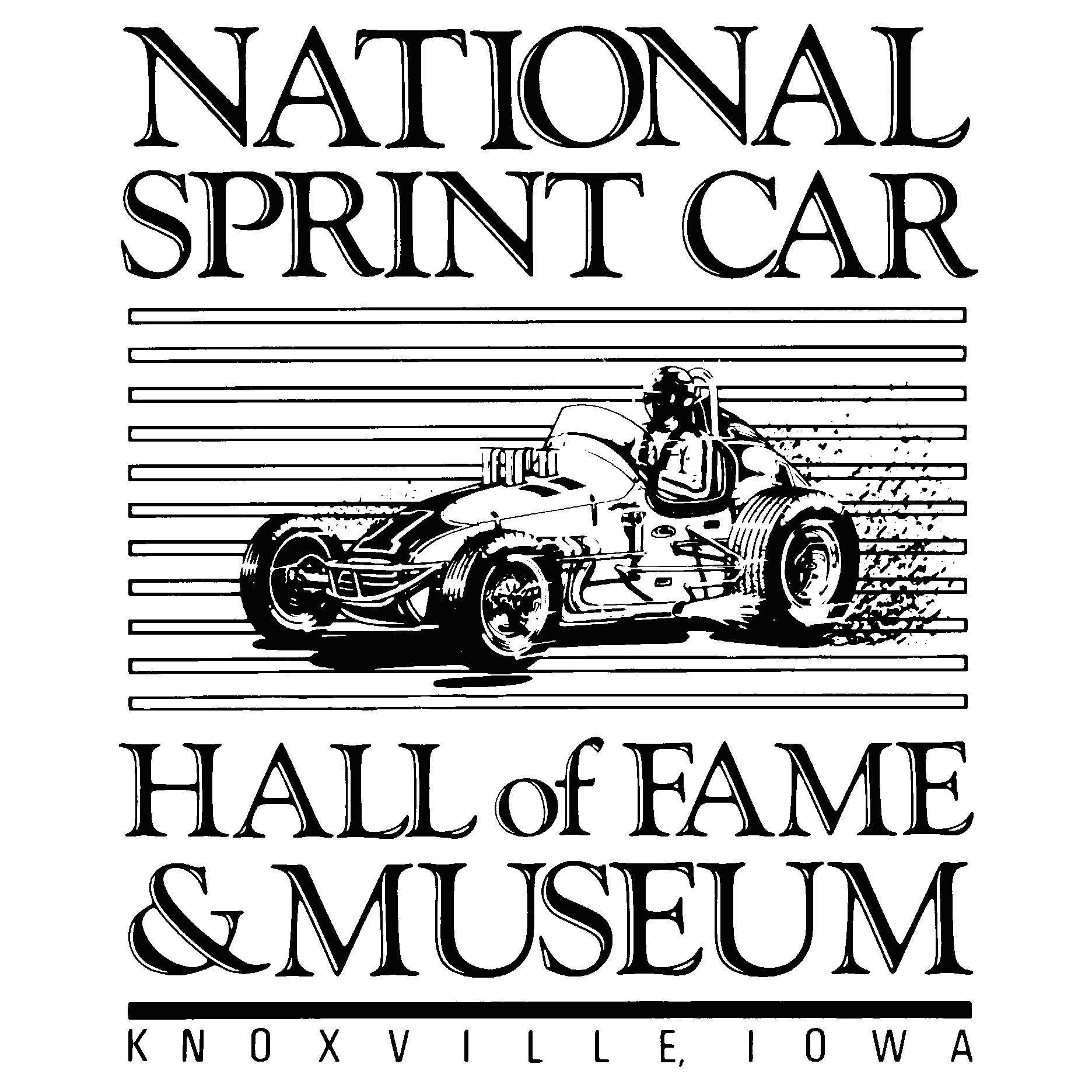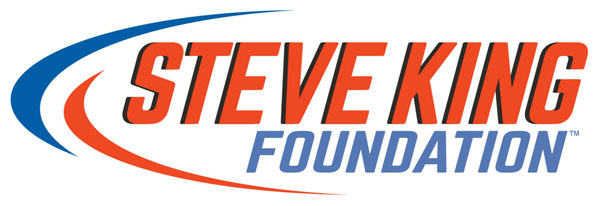Don't count out Austin Dillon among Bristol's dirt contenders
Photo by Harold Hinson/HHP for Chevy Racing
Who was the only NASCAR driver to bring home a trophy from the Bristol Dirt Nationals last week?
It wasn’t Kyle Larson—or Kyle Busch. The People’s Champion, Chase Elliott, didn’t add to his hardware either.
When the checkers flew and the dust finally settled, Austin Dillon drove his 604 Late Model to Victory Lane in the A-Feature.
And that might give him a leg up in Sunday's Cup event--the Food City Dirt Race at reimagined Bristol Motor Speedway.
“Last weekend, I was able to win that crate race there in a late model, and I think that was a good experience, just to see the track,” Dillon said. “We were pretty dominant in all three of the races that we were in. I think from the knowledge side of things, I can probably do a pretty good job of getting what we need when it comes down to race time.
“250-laps around a dirt track, you don’t really get that many laps on a track in a race on dirt. So, it’ll be a learning curve, and I think we’ll be as prepared as anyone for it; that’s the one advantage, I think.”
Dillon also won the inaugural Camping World Truck on dirt at Eldora Speedway in 2013. But he’s not naive when it comes to handicapping his chances this weekend. He knows how dramatically the vehicles and surface can change from race-to-race. When he returned to Rossbuhg, Ohio, the next year to defend his win at the half-mile track, he was lucky to escape with a top-10 finish.
“The biggest difference from 2014 – I just stepped in another truck and the difference between the truck we took the first time to the second time, there was a difference and we weren’t ever really able to find that feel that we had the first race around,” Dillon said. “So, going this time, I think there’s some guys obviously with less dirt experience that are going to be surprised; it’s just an experience thing.
“But there’s so many good race car drivers at the Cup level that have dirt experience, or some sort of dirt experience, that they’ll be able to lean on. Not many of the guys at this point at the Cup level, maybe a couple, that have not ever been on dirt. I think everybody has some sort of dirt racing experience at this point.”
Well, not everyone. Denny Hamlin and Kevin Harvick came from asphalt backgrounds. Despite Atlanta winner Ryan Blaney’s dirt lineage, he didn’t follow his grandfather, father or uncle’s footsteps. While Harvick will run double-duty between trucks and Cup this weekend, Hamlin and Blaney are entering the Food City Dirt Race cold turkey.
Despite 44 trucks having entered the Pinty’s Truck Race on Dirt, the field will cap off at 40 competitors. Unfortunately, there will be no Last Chance Qualifier. Still, NASCAR is attempting to retain the spirit of dirt racing with hot laps and heats. Competitors will have ample time to practice. Two 50-minute hot-lap sessions are scheduled for both trucks and Cup on Friday.
Dillon looks forward to having the opportunity to get some seat time in the Cup cars—which weigh approximately a thousand pounds more than the late model he drove last Wednesday night.
“It will be nice to have some practice to just test and tune,” Dillon said. “I think the difference between an asphalt track and a dirt track is we have so many notes on things that we don’t do. A dirt track is where you can go to it with an open mindset and do things that you wouldn’t normally do to find speed and that’s what’s going to be fun for all of the crew chiefs, car chiefs, and mechanics out there to really do things opposite.
“The thought process has to be so open-minded when we get there to the track. Not only are you worrying about the setup, but you’re worried about the car. Make sure the heights are right, you’re not rolling the nose under – there’s a lot of things that we do at a dirt track to just make the car go around the track. And then it might not always be like ‘Hey, we needed just a little more wedge to be perfect’. It might be ‘we need more clearance so I don’t hit the track right here and get tight’. There’s a lot of fun stuff about the practice.”
Through random draw, drivers will participate in four qualifiers on Saturday. A combination of finishing positions and passing points used to determine the lineup for the races with the winner from each heat receiving 10 points and nine additional drivers awarded based on a sliding scale.
“The heat races—they’ll be challenging,” Dillon said. “It’s a short amount of time and you’ll want to get as many passing points as you can. Your starting position matters at any type of racing level. The draw—I haven’t really looked into how that’s going to go down or where we start in the heat races yet. But I think the whole process is going to be fun.
“I was hoping we would go off of a regular race weekend and go off of the past race, because we would have a pretty good starting position after our run at Atlanta (sixth) this past weekend, and I think starting up front would be really good for us. I’m not really worried about where we start in the dirt race because I feel like if you do your job and practice that you should be able to move forward through the race.”
Another advantage Dillon could have come Sunday, is the track’s surface. Speedway Motorsports used the previous dirt the World of Outlaws raced upon 20 years ago as the base then added sawdust and fresh Bluff City clay from the surrounding area to create the .533-mile, 19-degree banked track. With the use of GPS, engineers laid out 23,000 cubic yards of dirt over the concrete bullring.
“Well, I think the dirt itself is interesting,” Dillon said. “The type of dirt they choose to lay down on Bristol is not a dirt that you see in the Midwest; it’s a sandy-dirt. When you really get into the dirt track racing world, you start talking about the type of dirt that you’re racing on, and certain dirt puts on better races, and certain dirt goes through different transitions than the other.
“The good thing is that the dirt, I feel like, came from a track that I kind of grew up racing around and I kind of know the transitions and what it takes, I think, to create speed throughout the transitions that it’s going to go through. So, if anything, maybe that helps me.
“But it’s not a dirt that I believe you’re going to see a cushion built; it doesn’t do that. This stuff kind of creates a fluff and it gets up there; you can gain grip because it might be wet up there for a while, but it’s not something that you can use as a curb to catch you, which is different. And I’m glad that it came from around here, because I feel like I’ve ran on it a lot and know when it has grip and when it doesn’t.”

.png)





